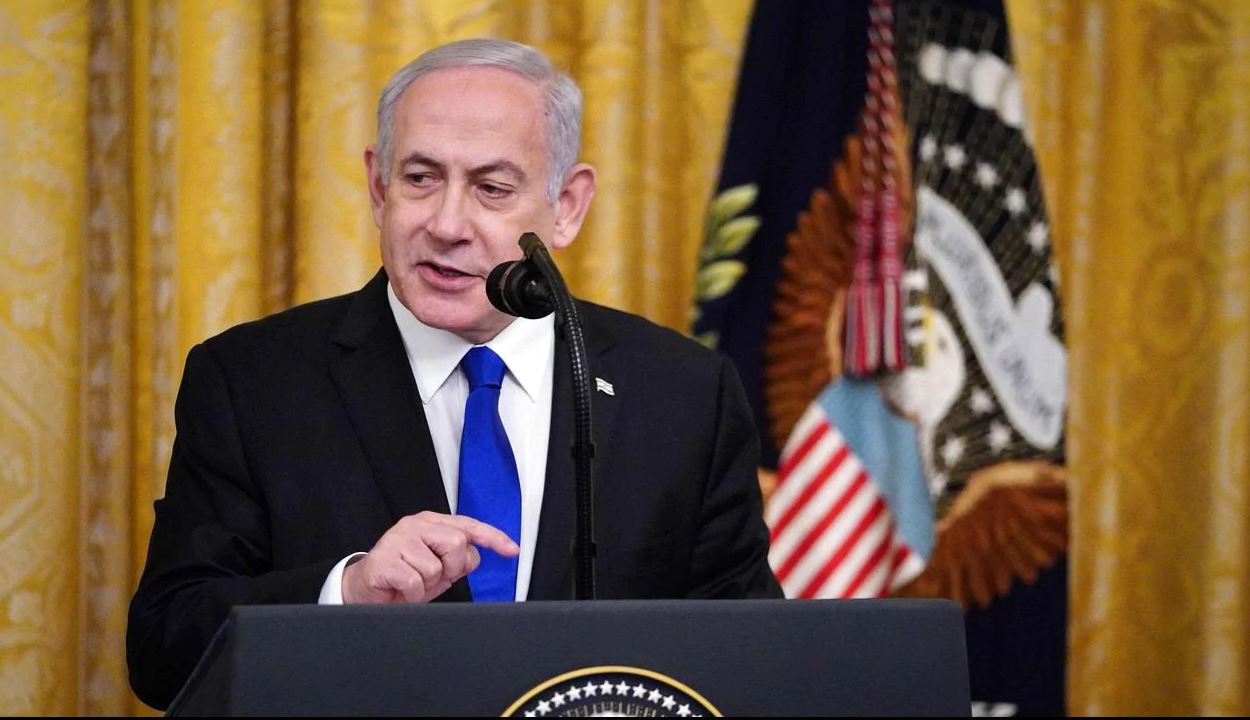The White House has announced that Israel and the United Arab Emirates have agreed to sign a peace agreement in which the two nations will establish full diplomatic relations and “the exchange of ambassadors and co-operation on a broad range of areas, including tourism, education, healthcare, trade and security”.
The agreement is the most significant diplomatic development in the Middle East since Israel signed a peace treaty with Jordan in 1994 and it formalises a regional realignment that has been occurring clandestinely for decades.
It is difficult to overstate the historic nature of the agreement and its implications for the politics of the region. Since Israel declared independence in 1948 pursuant to the UN General Assembly partition plan to turn Palestine from a former Ottoman colonial possession into two nation-states, one Arab and one Jewish, a permanent state of war has existed between Israel and its Arab neighbours.
This has manifested in invasions of Israel in 1948, 1967 and 1973 by the combined armies of the Arab states on Israel’s borders, and endless skirmishes in the UN and international forums often to the discredit of those institutions and at the expense of far more pressing human rights and conflict issues.
This modus vivendi arose from an absolute rejection by the Arab world of Jewish claims to self-determination in any part of the land to which the Jews traced their origins and with which they maintained an unbroken physical connection for more than 3000 years.
The permanent state of war was formalised in an emergency session of the Arab League in Khartoum, Sudan, in the wake of Israel’s lightning victory in the 1967 Six-Day War, at which the member states agreed to what came to be known as the “three noes”: no peace with Israel, no recognition of Israel and no negotiations with Israel.
Read the article by Alex Ryvchin in The Australian.

